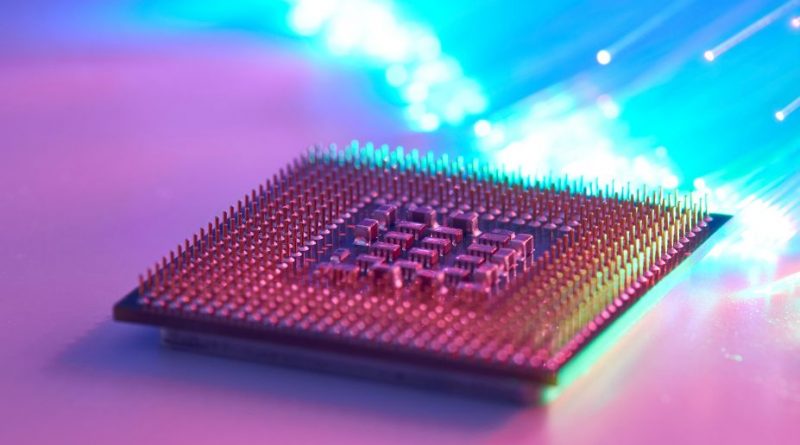What Is Power Computing?
“Power computing” is a term that has become increasingly popular in recent years as more and more people are looking for ways to do more on the computer without having to spend hefty amounts on upgrades. In this article, we’ll explore what power computing really is, and what you can do to get started with it yourself!
What is Power Computing?
Power computing is a term that refers to using computer hardware and software to perform high-level computations. Power computing usually requires special hardware, such as graphics processing units (GPUs) and/or field-programmable gate arrays (FPGAs), as well as custom software.
The term “power computing” is often used in the context of scientific or technical applications that require a lot of processing power, such as weather modeling or fluid dynamics simulations. However, it can also refer to any type of computation that requires more resources than a typical desktop PC can provide.
Some examples of power computing applications include:
• 3D rendering and animation
• Audio and video encoding/decoding
• Cryptography
• Data mining
• Physics simulations
The Pros of Power Computing
Power computing is a term that refers to using computers to their full potential. It can be used in businesses or for personal use. Here are some pros of power computing:
- Increased Productivity: When you have access to all the features and functions of your computer, you can get more work done in less time. This can lead to increased productivity and efficiency in the workplace.
- More Storage: Power computing gives you the ability to store more data on your computer. This is important for businesses that need to keep large amounts of data on hand, such as customer information or inventory records.
- Greater Flexibility: With power computing, you can customize your computing environment to better suit your needs. This allows you to work the way you want, which can lead to greater flexibility and creativity in your work.
- Better Security: When you have complete control over your computing environment, you can better secure your data from theft or corruption. This is important for businesses that handle sensitive data, such as financial records or health information.
The Cons of Power Computing
The disadvantages of power computing are mainly related to the cost and complexity of the hardware required. Power computing can be quite expensive, as the hardware required is usually more powerful and sophisticated than that needed for general-purpose computing. Additionally, power computing can be quite complex, as the hardware is often designed for specific tasks or applications. As a result, power computing can be less versatile than general-purpose computing, and it may require more training or expertise to use effectively.
Alternatives to a Power Computer
There are a few alternatives to a powerful computer. One is to use a server. Servers are designed to handle more traffic and transactions than desktop computers. They typically have more powerful processors, more memory, and more storage capacity.
Another alternative is to use a cloud-based system. Cloud-based systems are becoming increasingly popular as they offer flexibility and scalability. With a cloud-based system, you can access your data and applications from any internet-connected device.
Finally, you could consider using a mobile device such as a laptop or tablet. Mobile devices are becoming more powerful and offer many of the same features as desktop computers.
Conclusion
Power computing is a term used to describe the use of computer resources to accomplish tasks that would otherwise be impossible or impractical. In many cases, power computing refers to using large numbers of computers working in parallel to solve a problem. Power computing can also refer to using unusually powerful computers, such as supercomputers, to solve problems that cannot be solved by less powerful machines.

